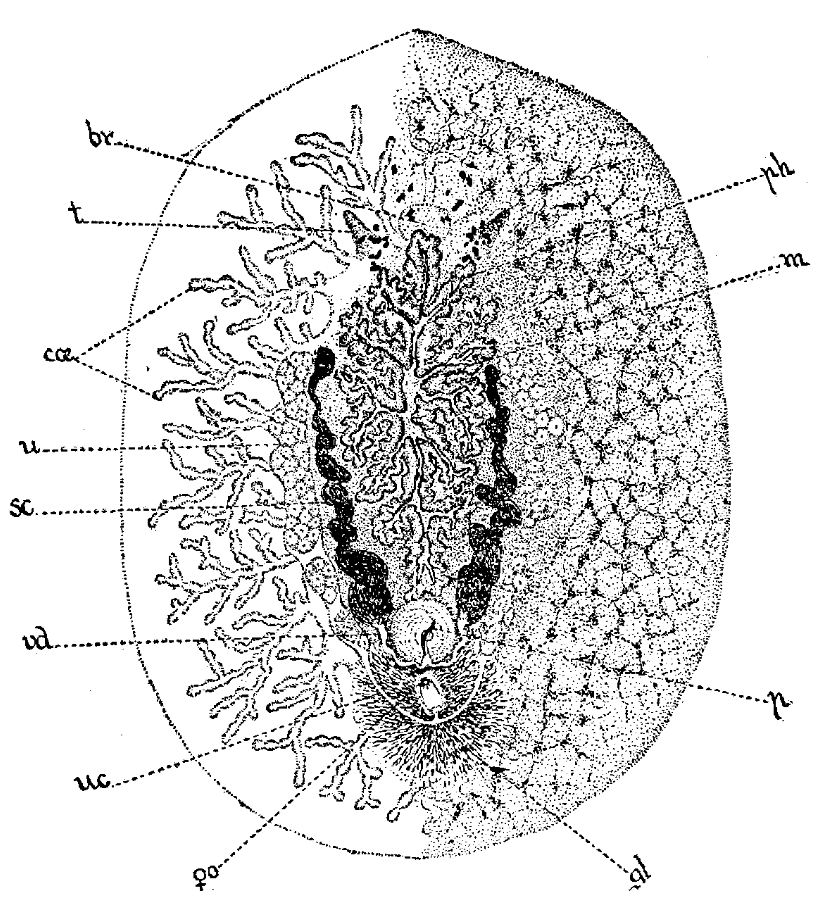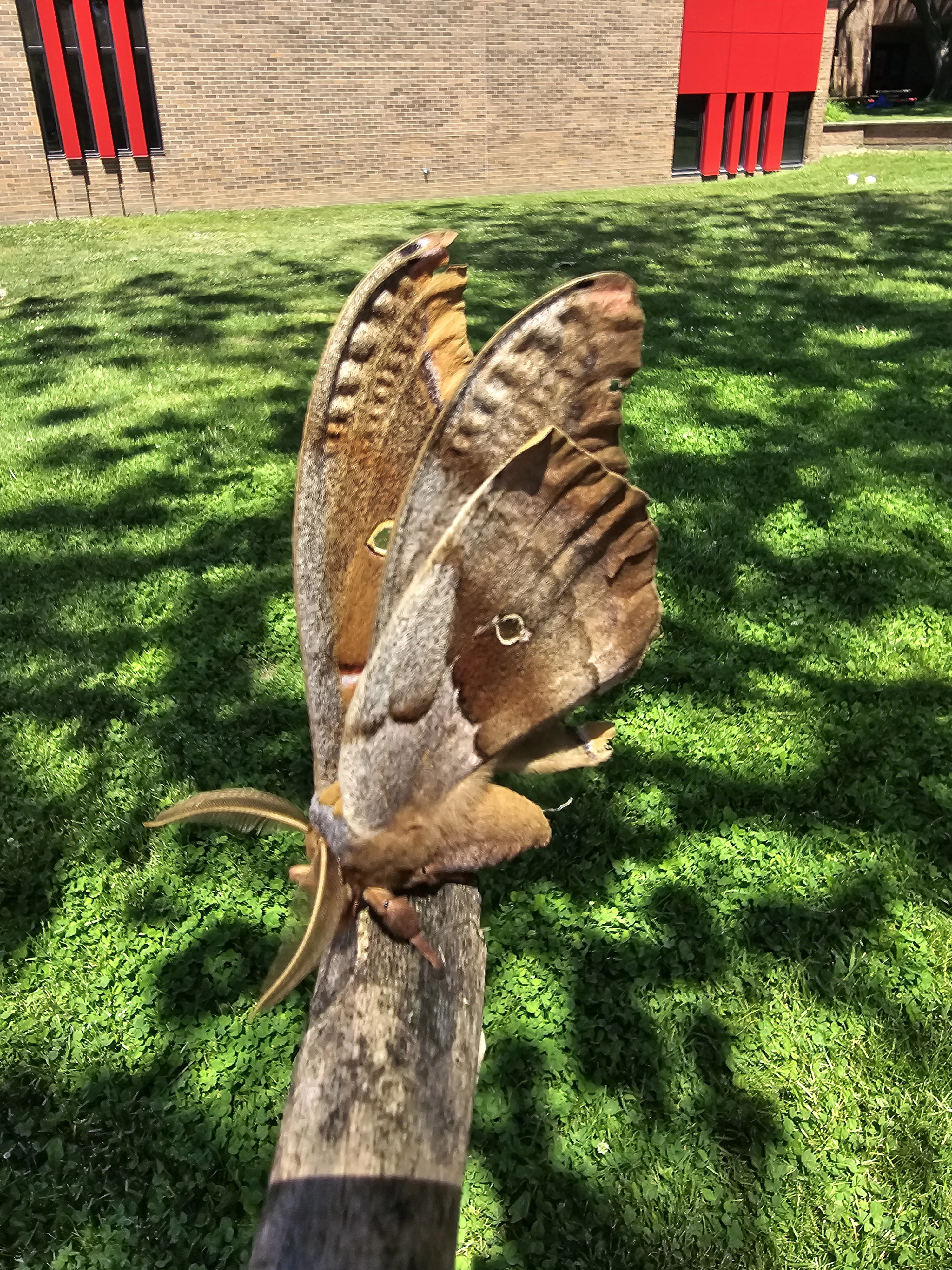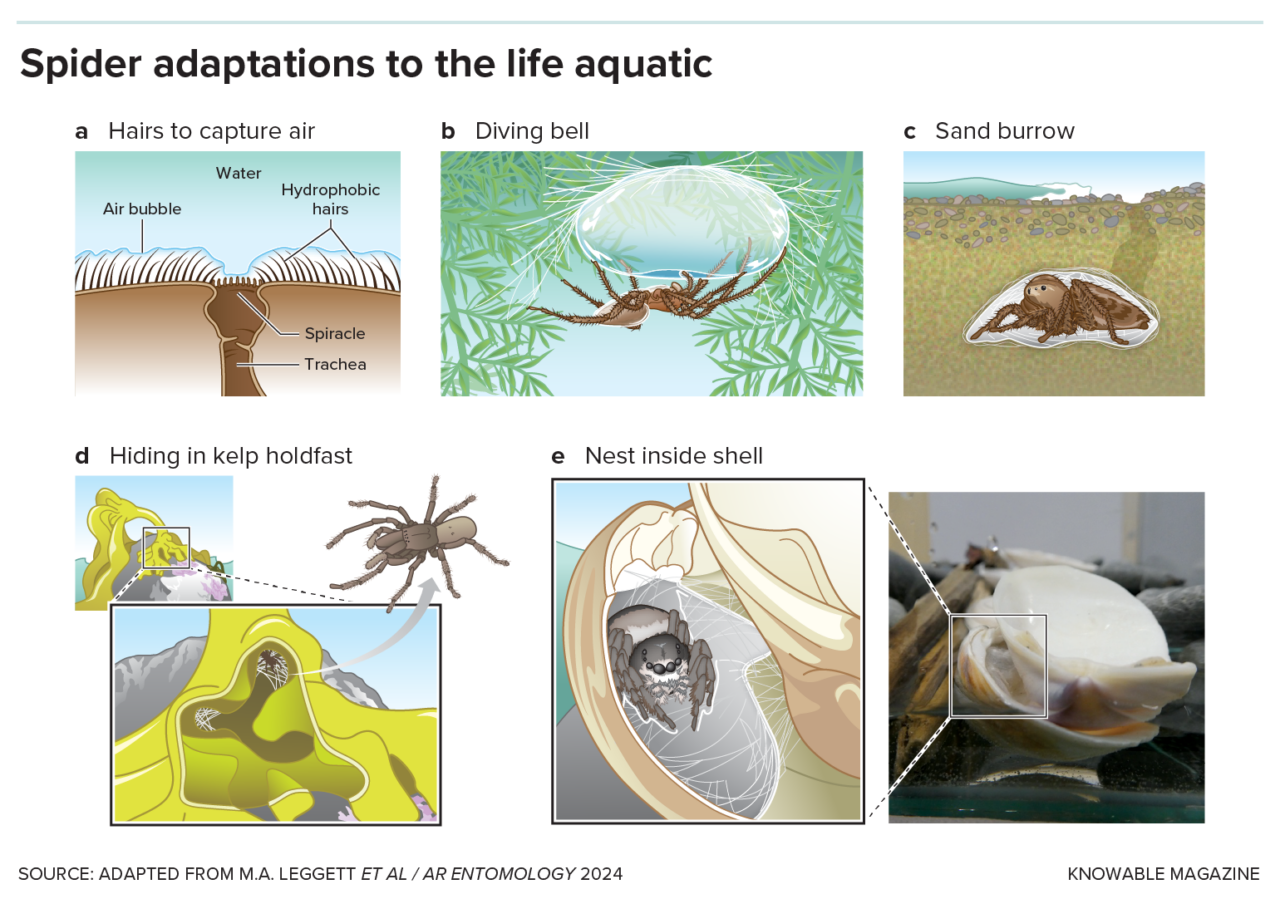Biology
1401 readers
1 users here now
This is a general community to discuss of all things related to biology!
For a more specific community about asking questions to biologists, you can also visit:
founded 2 years ago
MODERATORS
26
27
28
29
55
Hippos can launch themselves airborne for split seconds at a time, surprising scientists
(www.businessinsider.com)
30
31
32
33
34
36
37
38
40
23
Recently increased prevalence of the human median artery of the forearm: A microevolutionary change
(onlinelibrary.wiley.com)
41
42
43
44
45
46
47
49
50
15
Up in the air: Presence and collection of DNA from air and air conditioner units
(analyticalsciencejournals.onlinelibrary.wiley.com)








